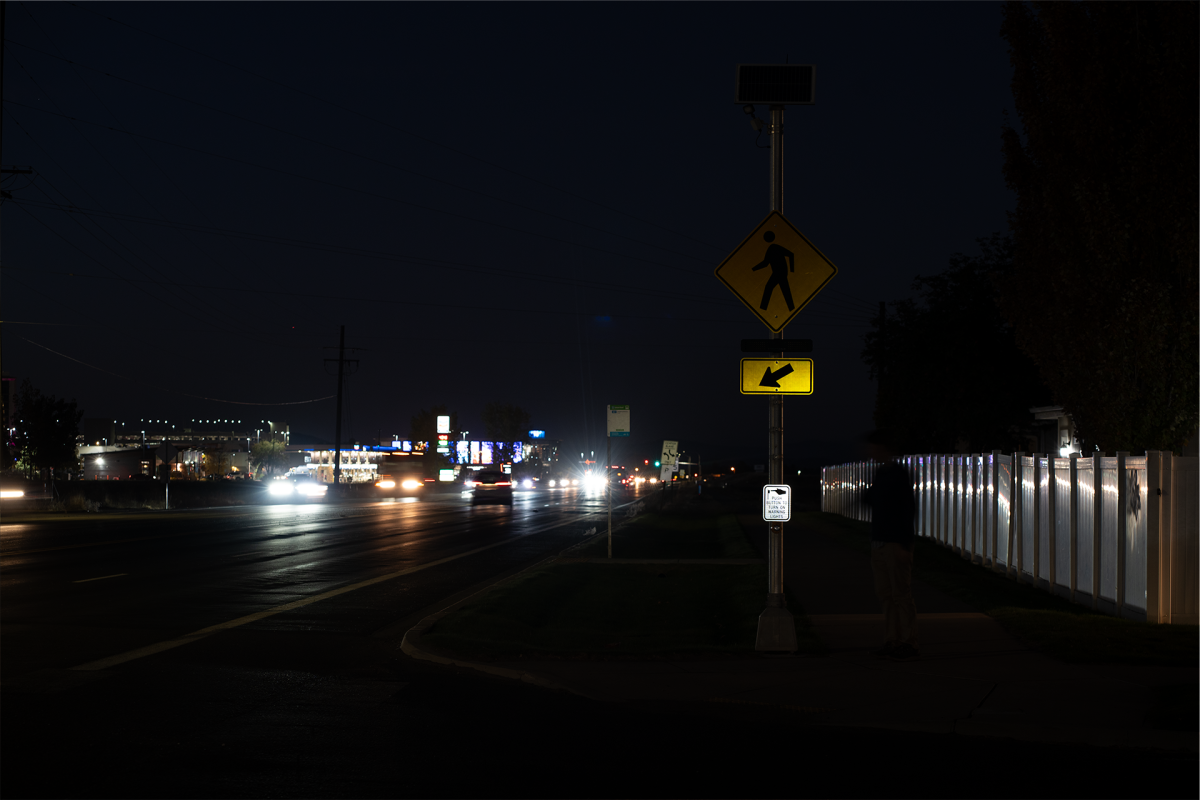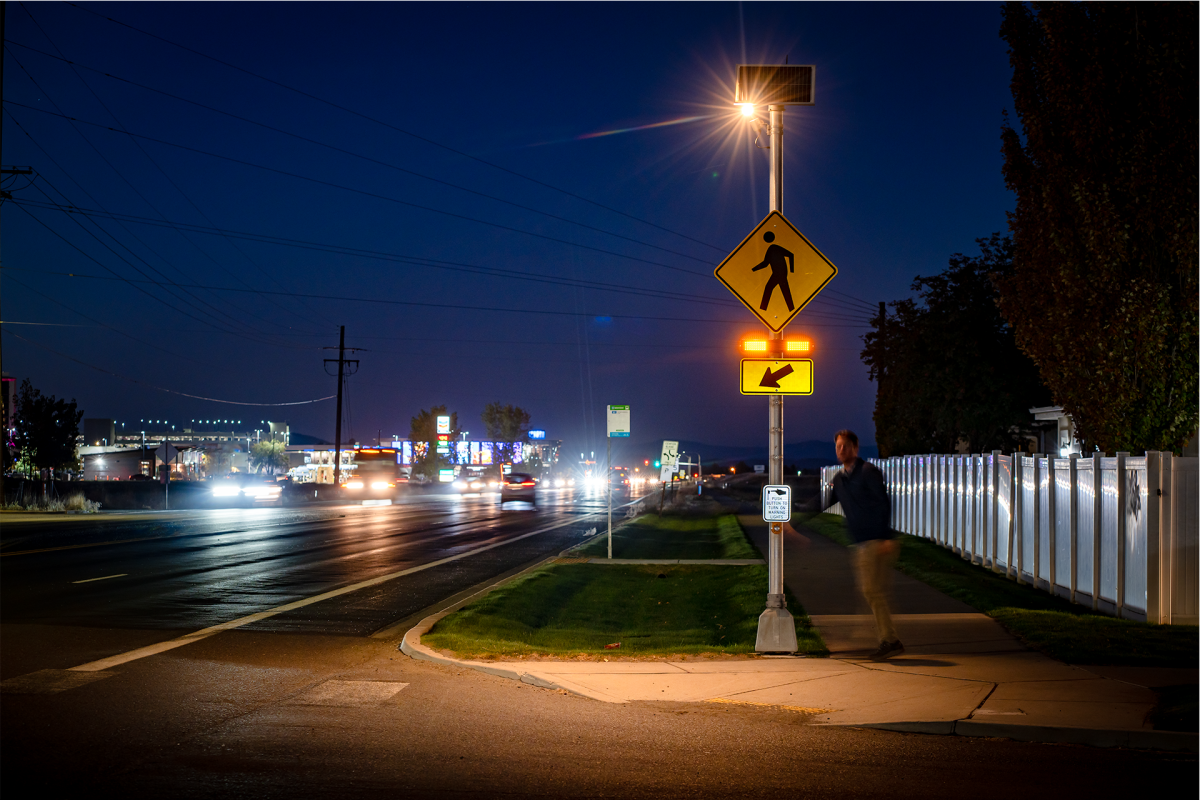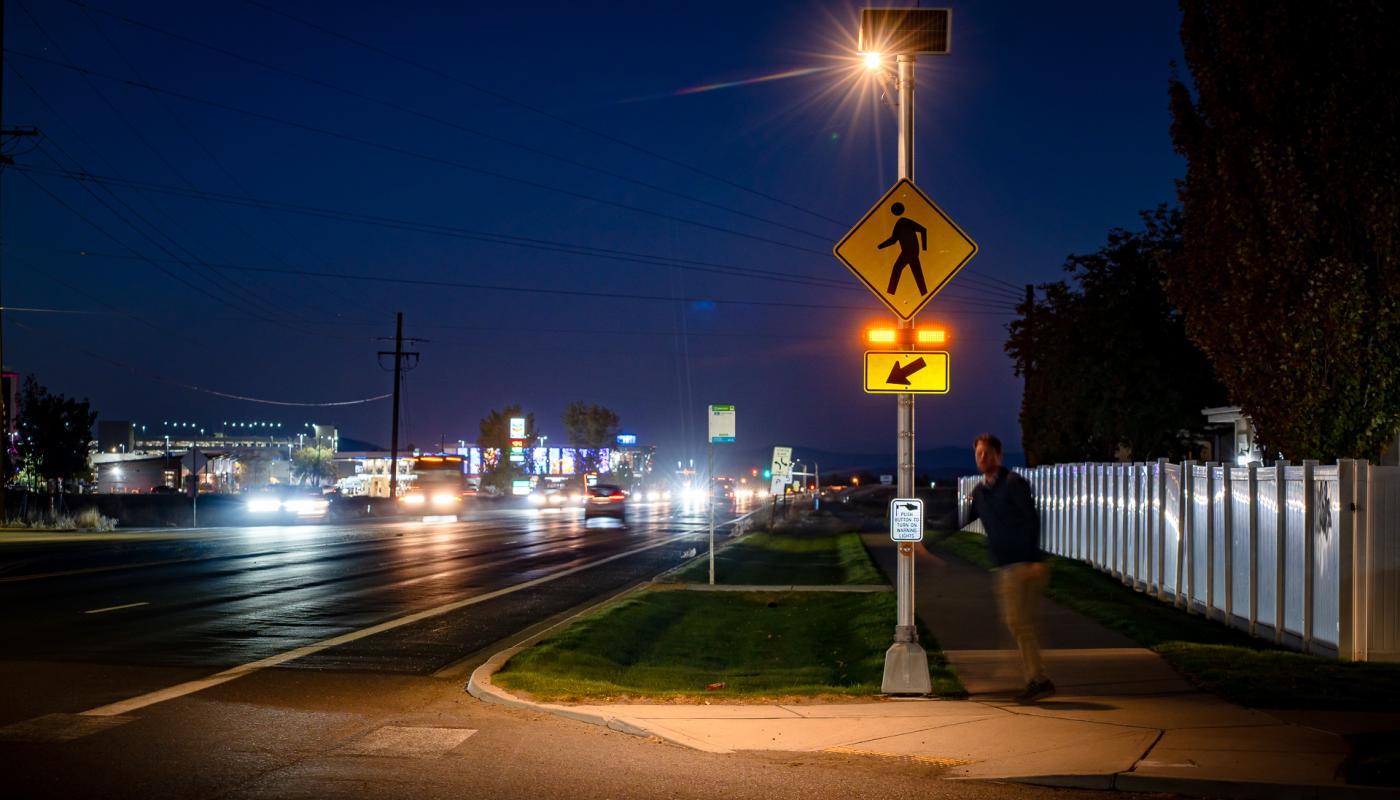Abstract:
This technical review delves into the study conducted by Amin Mohamadi Hezaveh and Christopher R. Cherry, focusing on pedestrian crashes involving alcohol impairment in Tennessee. By extracting critical data and analyzing trends from 2011 to 2016, the study unveils the prevalence and characteristics of Walking Under the Influence (WUI) incidents, offering a statistical foundation for targeted interventions. This review aims to present an authoritative analysis that engineers and safety professionals can leverage to understand the complexities of WUI-related pedestrian safety and implement effective countermeasures.
Introduction:
Pedestrian safety remains a paramount concern within the traffic and civil engineering community, particularly the influence of alcohol on crash risk and severity. The study by Hezaveh and Cherry contributes significantly to this discourse, providing a comprehensive examination of WUI crashes in Tennessee. By presenting detailed statistics and identifying risk factors, the research offers invaluable insights into effective strategies for mitigating these incidents.
Methodology:
Utilizing data from the Tennessee Police Crash Data between 2011 and 2016, the study identifies incidents where pedestrians were under the influence of alcohol. With an analytical approach, it examines variables such as Blood Alcohol Concentration (BAC) levels, pedestrian age, gender, crash timing, and environmental contexts to distinguish WUI crashes from non-WUI counterparts.
Findings:
Prevalence of Alcohol Impairment: Approximately 22% of fatally injured pedestrians tested positive for alcohol, with an average BAC level of 0.17 g/dL, indicating a significant risk factor in pedestrian fatalities.
Demographic and Temporal Patterns:The study highlights males, particularly older teens, as the most at-risk demographic. Furthermore, 83% of WUI crashes occurred at night, with a notable concentration on weekends and in non-intersection, mid-block sections of roads lacking traffic control devices.
Environmental Influences: Urban settings showed a negative association with WUI incidents, suggesting that pedestrian infrastructure and traffic management in these areas might mitigate some risks associated with alcohol impairment.
Discussion:
The correlation between alcohol impairment and increased pedestrian crash severity underscores the need for targeted safety enhancements. The demographic and temporal patterns identified in the study suggest that interventions should be specifically tailored to address high-risk groups and scenarios. For instance, implementing enhanced visibility measures and traffic calming strategies in identified hotspots could significantly reduce WUI crash occurrences.
Engineering Applications:
Enhanced Crosswalk Visibility: The integration of high-visibility crosswalks, such as TraffiCalm’s Push 2 Cross systems with Crosswalk Illuminators, addresses the reduced judgment and delayed reaction times of impaired pedestrians, increasing their visibility to motorists.
Traffic Calming Measures: Deploying Radar Speed Signs, particularly those with high-visibility yellow displays, can alert drivers to reduce speeds in critical areas, directly impacting the potential for severe WUI crashes.
Targeted Interventions for High-Risk Times and Locations: Based on the study's findings, engineering solutions should focus on weekend nights and mid-block sections without traffic controls, leveraging technology to enhance pedestrian safety and driver awareness.
Conclusion:
The study provides a crucial statistical foundation and identifies specific risk factors associated with WUI pedestrian crashes. For engineers and safety professionals, leveraging this data to implement targeted safety measures represents a strategic approach to reducing alcohol-related pedestrian incidents. Solutions like TraffiCalm's Push 2 Cross systems and Radar Speed Signs exemplify the type of engineering innovations that can address the unique challenges posed by WUI, enhancing pedestrian safety in both urban and suburban contexts.


FAQs on Pedestrian Safety and Traffic Calming Solutions
What is Walking Under the Influence (WUI), and why is it a concern for pedestrian safety?
Walking Under the Influence (WUI) refers to pedestrians who are impaired by alcohol, affecting their judgment and motor skills, thereby increasing their risk of being involved in traffic crashes. WUI is a significant concern for pedestrian safety because alcohol impairment can lead to decreased reaction times, poor decision-making, and a higher likelihood of engaging in risky behaviors, such as crossing roads unsafely.
How do alcohol levels affect pedestrian crash severity?
Studies, including the case study from Tennessee, have shown that as pedestrian injury severity increases, the share of WUI crashes also rises. Pedestrians with higher Blood Alcohol Concentration (BAC) levels are more likely to be involved in fatal or severe injury crashes due to impaired judgment and risk perception.
What factors are associated with an increased risk of WUI crashes?
Factors such as pedestrian age, gender (with males being at higher risk), higher posted speed limits, and nighttime conditions have a positive association with WUI crashes. These factors contribute to the complexity of addressing WUI pedestrian safety and necessitate targeted interventions.
Can urban design and traffic calming measures reduce the risk of pedestrian crashes involving alcohol impairment?
Yes, urban design and traffic calming measures can significantly reduce the risk of pedestrian crashes, including those involving alcohol impairment. Implementing speed reduction strategies, enhancing pedestrian crossing visibility, and creating pedestrian-friendly urban environments can all contribute to safer pedestrian movements.
How do TraffiCalm's Push 2 Cross systems enhance safety for impaired pedestrians?
TraffiCalm's Push 2 Cross systems improve safety for impaired pedestrians by increasing the visibility of crosswalks with innovative features like the Crosswalk Illuminator. These systems alert drivers to the presence of pedestrians, including those who may be impaired, encouraging safer driving behaviors and reducing the likelihood of crashes.
What role do Radar Speed Signs play in traffic calming and pedestrian safety?
Radar Speed Signs play a crucial role in traffic calming by alerting drivers to their current speed and encouraging compliance with speed limits, especially in pedestrian-heavy areas. By slowing down vehicle speeds, these signs create a safer environment for all pedestrians, reducing the severity of potential crashes.
How do nighttime and weekend conditions affect pedestrian safety and WUI incidents?
Nighttime and weekend conditions are associated with an increased risk of pedestrian safety incidents, including WUI crashes. Lower visibility at night and higher alcohol consumption rates during weekends contribute to these risks. Implementing safety measures that address these specific conditions is critical for reducing pedestrian crashes.
What advancements in pedestrian safety technology are effective for protecting pedestrians under the influence?
Advancements in pedestrian safety technology, such as LED flashing rings integrated with beacon systems and radar speed signs with high-visibility displays, are effective in protecting pedestrians, including those under the influence. These technologies enhance the visibility of safety signals and encourage safer driving behaviors.
How can communities implement TraffiCalm solutions to improve pedestrian safety in areas prone to WUI incidents?
Communities can implement TraffiCalm solutions by conducting traffic safety assessments to identify high-risk areas for pedestrian crashes and deploying targeted interventions such as Push 2 Cross systems and Radar Speed Signs. Collaboration with safety experts and utilizing data-driven approaches can ensure effective implementation.
Where can I find more information about incorporating TraffiCalm's pedestrian safety solutions into urban planning and traffic engineering projects?
For more information on incorporating TraffiCalm's pedestrian safety solutions, visit TraffiCalm's website or contact their team directly. They offer resources and expert consultations to assist urban planners and traffic engineers in integrating these technologies into their safety projects, enhancing pedestrian protection across communities.
